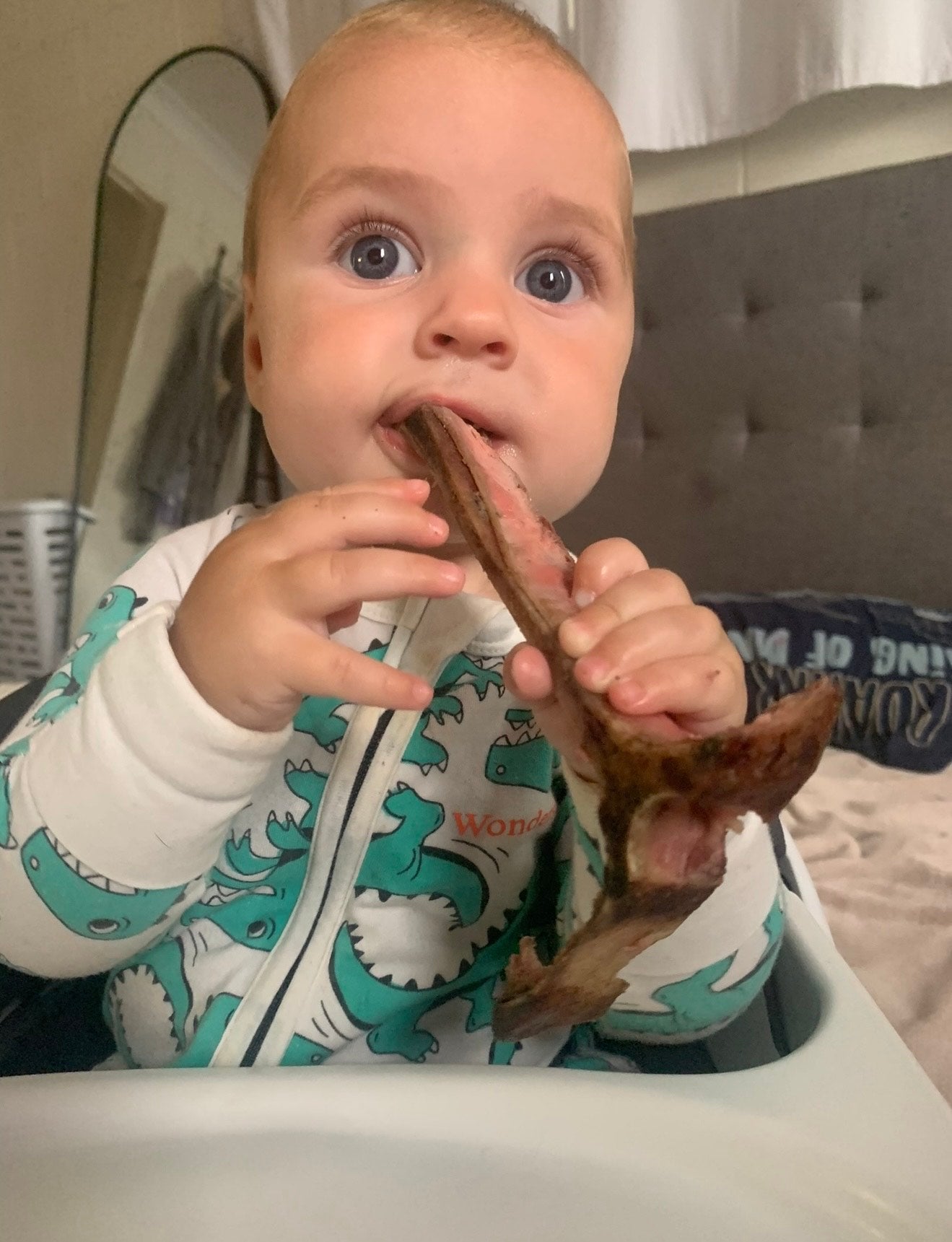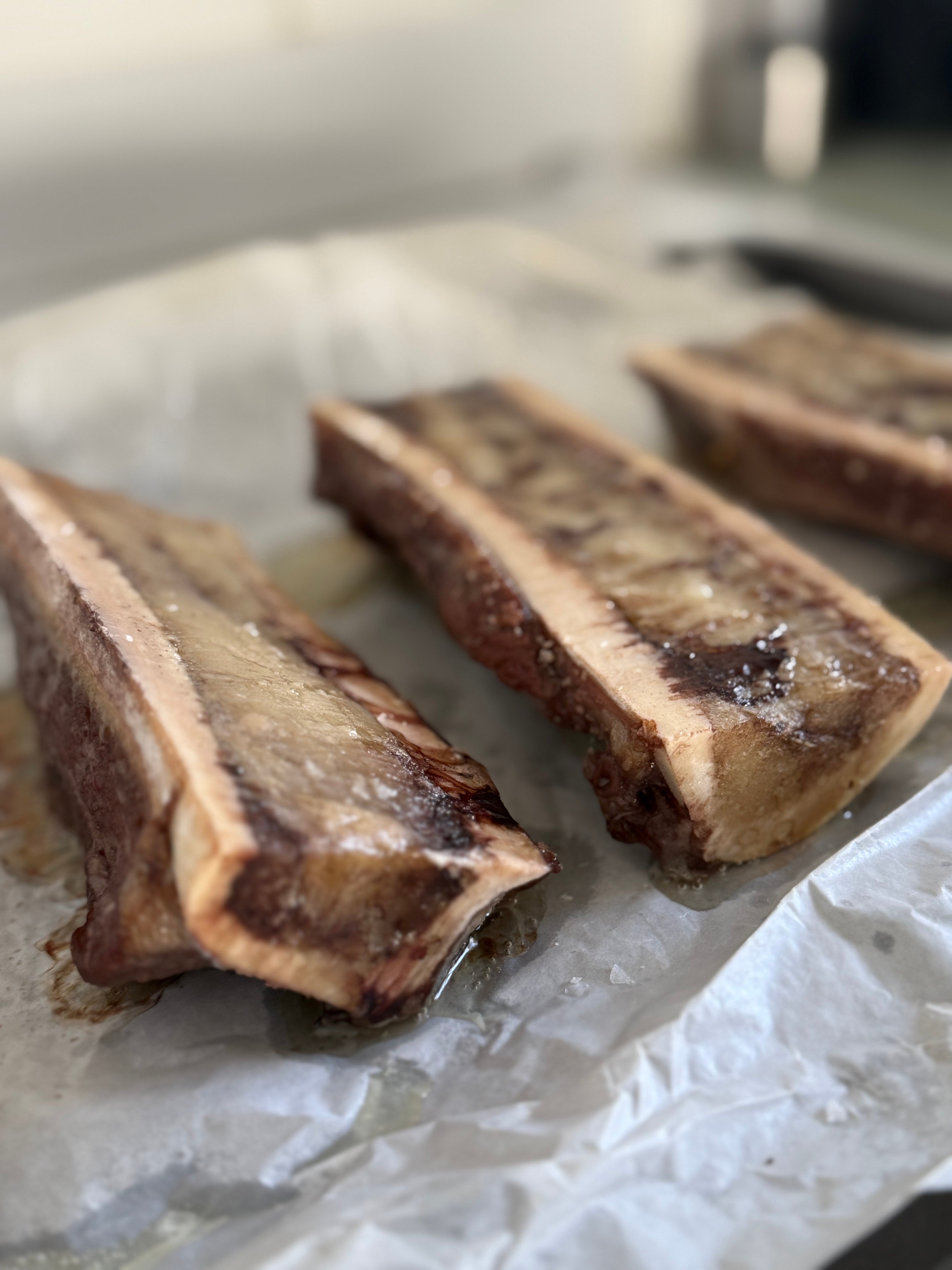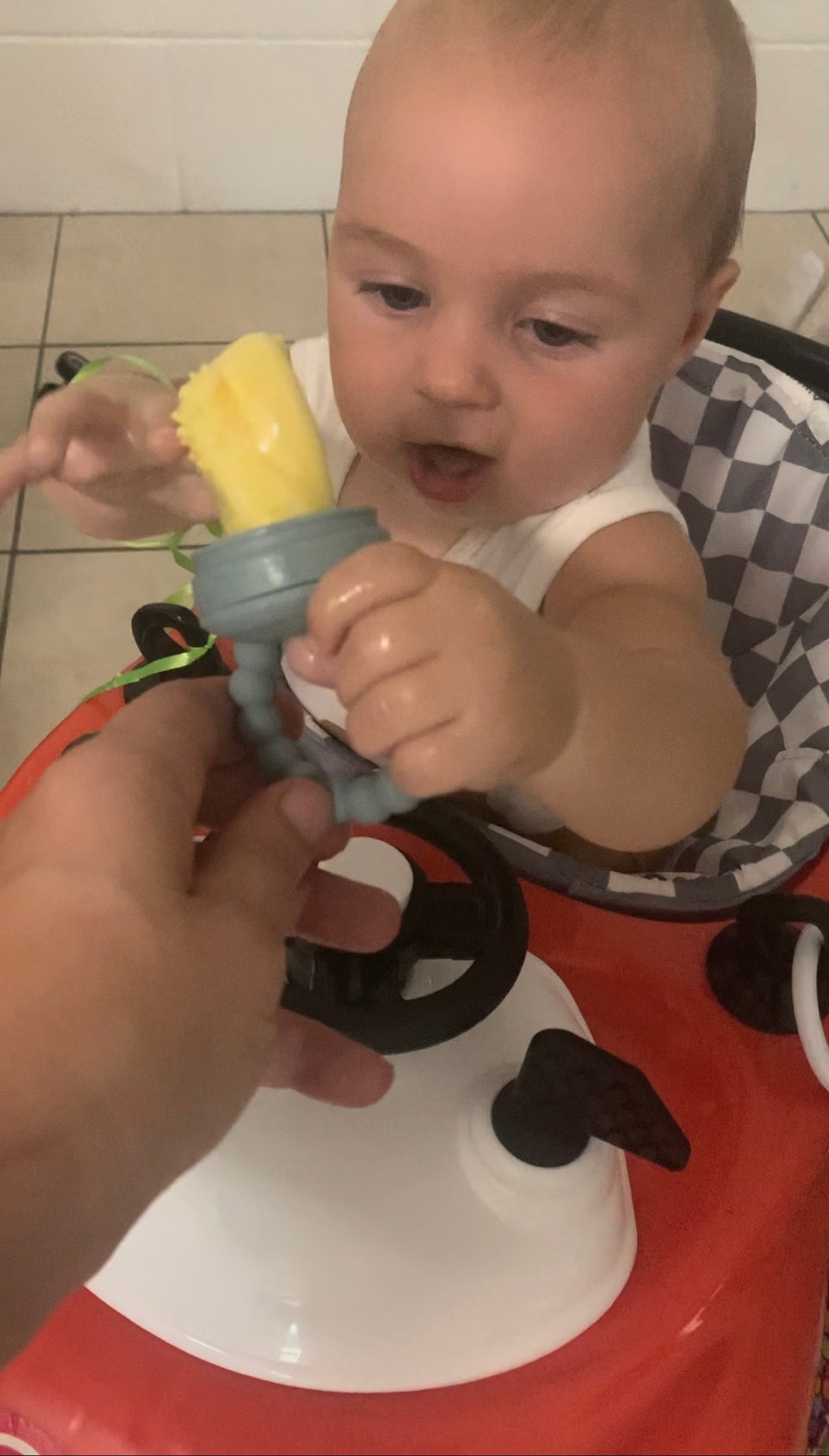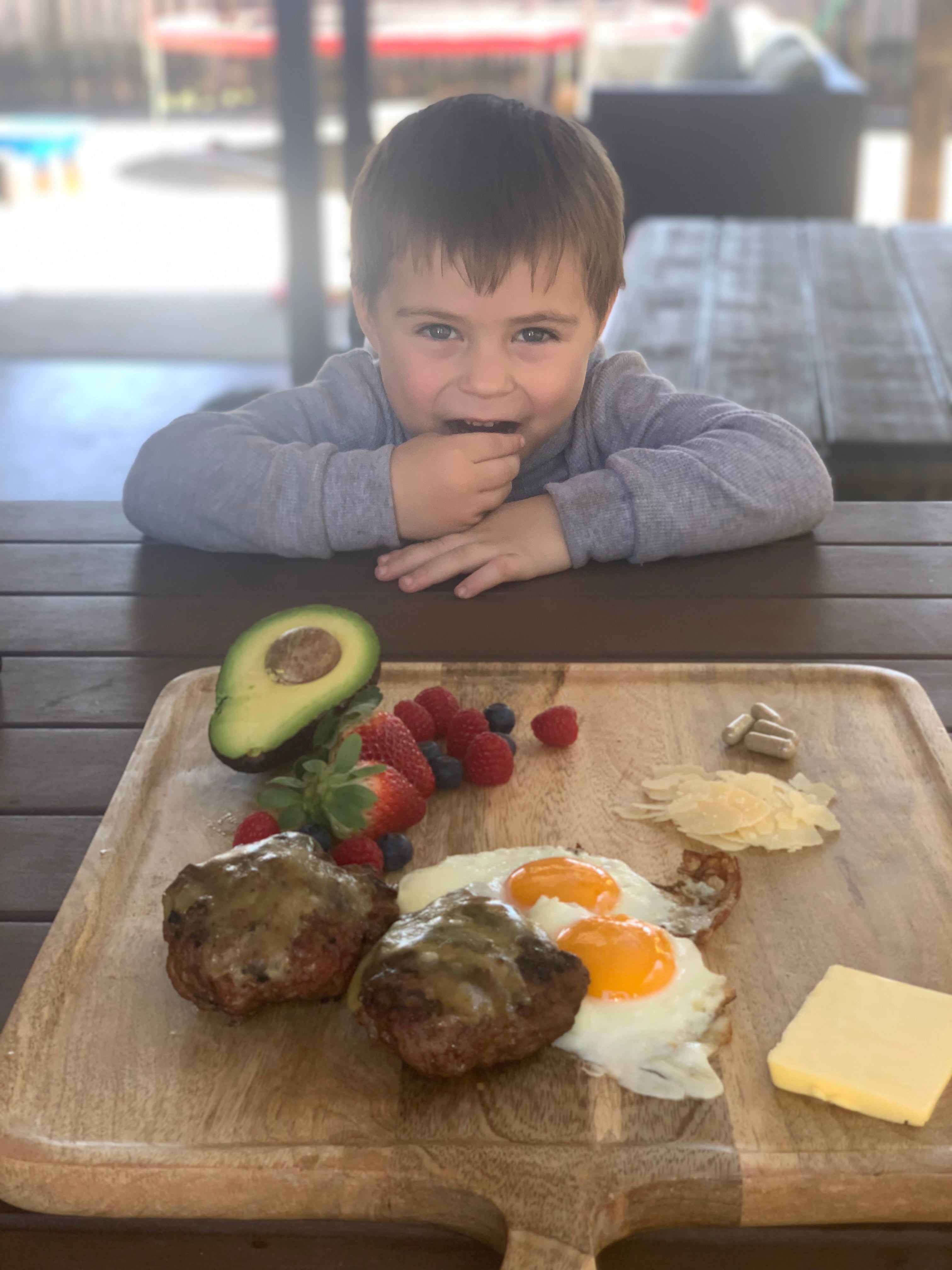In 2018, nutritionist Izabelle Malmberg was practicing a vegan diet while being told “nothing” could be done about her eczema. The only solution that resulted in improvement was transitioning to the paleo diet, an eating plan based on what humans ate during the Paleolithic Era – fruits, vegetables, lean meats, fish, eggs, nuts, and seeds, but no grains, legumes, or most dairy.
When she was postpartum a few years later, she struggled with more health issues including daily bloating, stubborn weight that wouldn’t shift despite breastfeeding, and low energy.
After discovering an American psychiatrist and health influencer Paul Saladino’s podcast on animal-based eating, she believed her diet needed to be changed further.
“It wasn’t about ‘what to eat to lose weight,’ but about which foods are most nutrient-dense, most bioavailable, and what happens when we leave them out,” Malmberg told The Independent. “I realized I was under-eating animal foods and therefore under-nourished. That realization became even more pressing when I thought about my kids — growing bodies need dense nutrition, not just bulk.”
Malmberg is one of a growing number of parents who have adopted the so-called “carnivore diet” for her three boys, aged 5, 3, and 15 months. The trio largely eats animal-based foods such as beef, lamb, chicken, pasture-raised eggs, and raw dairy – which generally means unpasteurized. Malmberg does feed her children some fruits and vegetables, but says the emphasis is on protein.


Very little data has been gathered on how widespread the carnivore diet is among children, as most studies focus on adults. But on social media, accounts are flourishing with tags like #carnivorebaby and #animalbased. A kid-friendly carnivore cookbook is also available for purchase online.
Olivia Khwaja – a wellness influencer on Instagram with over 12,000 followers – is a pioneer of the diet and has been open about her children’s experiences eating largely animal-based. Another popular TikToker, who goes by flourishingmother, shares what her toddlers eat on an animal-based diet with her 175,000 followers. One of her most popular videos — with over 600,000 views — shows her toddler’s daily diet starting with a pasteurized egg yolk and organ meat for breakfast; sardines and a cucumber for lunch; and cooked ground deer meat with avocado for dinner.
Malmberg and others have created Facebook groups, such as “Carnivore Motherhood”, where they share advice on how to introduce new foods and recipe ideas.
The focus on children’s protein intake has increased amid America’s long-running protein obsession and the fear that no one is getting enough.


The National Institutes of Health recommends that children, ages one to three, get 13 grams of protein per day, increasing to 15g for children between the ages of four and eight.
Based on what worked for her own children, Malmberg runs a wellness program where she walks parents through how to start babies on solid foods. She suggests that babies should be given “ancestral” foods first – meat stock, organs like liver and bone marrow, butter, liver pâté, and egg yolks – before vegetables are introduced later on.
“We also use traditional fermented foods: sauerkraut (brine and cabbage), kefir, sour cream, whey, yogurt, and beet kvass. These have been staples across cultures for thousands of years,” she said. “As babies grow, we layer in local seasonal plants — they can support detoxification and add flavor and variety, but they’re not the priority.”
She says the carnivore diet has been beneficial for her children. Her first son was fed a more “balanced” diet when she first introduced solid foods but Malmberg says he developed eczema, poor sleeping habits, and digestive problems. Her second and third sons were raised on an animal-based diet from six months old.
“They’ve thrived: glowing skin, great digestion, and a natural love of meat and fat, just happy and content,” she said. “It was a relief for me feeding them this was without me having to ‘sneak’ veggies into muffins like I did with my first [child]!”
The mom also says that her children have few tantrums, coughs and colds, their food sensitivities have been reversed and they rarely suffer from constipation or digestive issues.


Some adults who have been on the carnivore diet have shared stories of quitting because they struggled to feel full without carbs.
Pediatricians have also warned that an animal-based diet may do more harm than good. Dr. Yossef Alnasser, a pediatrician with the BronxCare Health System, told The Independent that a wide variety of food is important for under-twos to meet their growth milestones.
“All animal-based diets cannot meet the brain’s needs to grow and develop and lack essential vitamins and minerals,” he said. “Mainly, it is deficient in Vitamin C, Vitamin E, Vitamin K, Magnesium, Calcium, Folate, and Fiber. Vitamin C is important for wound healing, the immune system, growth, and iron absorption to prevent Iron deficiency Anemia.”
Raw milk also carries the risk of a bacterial infection called brucellosis. While not usually fatal, it may result in long-term illness and lasting health problems.
Alnasser also recommends making sure children receive some source of fiber due to the crucial role it plays in preventing constipation during the potty-training stage.
However, if parents are convinced that an animal-based diet would work for their children, the pediatrician recommends meeting with their child’s doctor to start an “open dialogue” to discuss what their child is eating.
To minimize risks, Alnasser suggests making sure all dairy products are pasteurized; that meat is not raw or undercooked; there is a source of fiber, and a daily multivitamin is included.
“These essential vitamins and minerals come from our diet to establish the foundation of a child’s cognitive function and success in school later in life,” Alnaser said. “Thus, I urge every parent to choose their toddler’s diet wisely and ensure it contains all food groups for better health today and tomorrow.”
The Right Chemistry- Science shows carnivore diet is best left to lions
Carnivore Babies Are a Thing Now. Doctors Have Concerns.
Science Says This Specific Diet May Be The Key To Reducing Your Dementia Risk